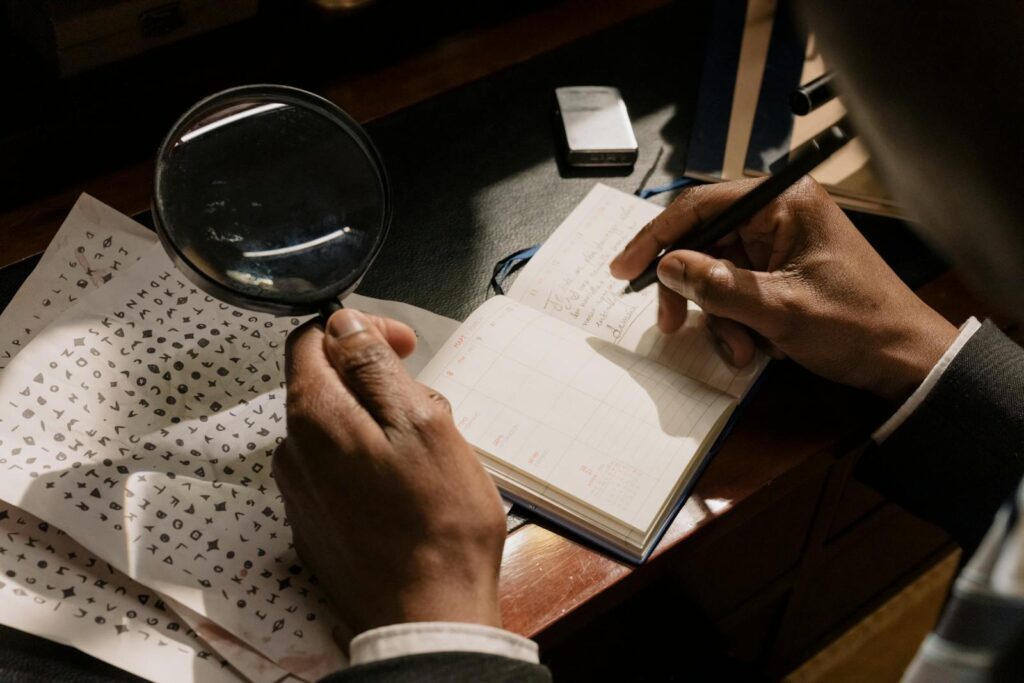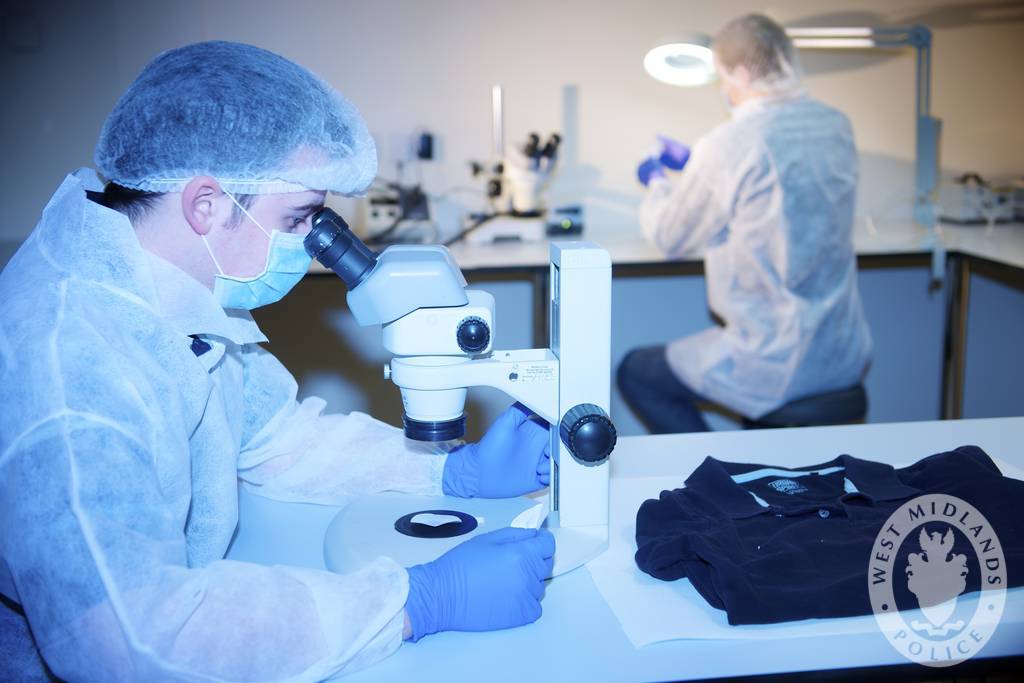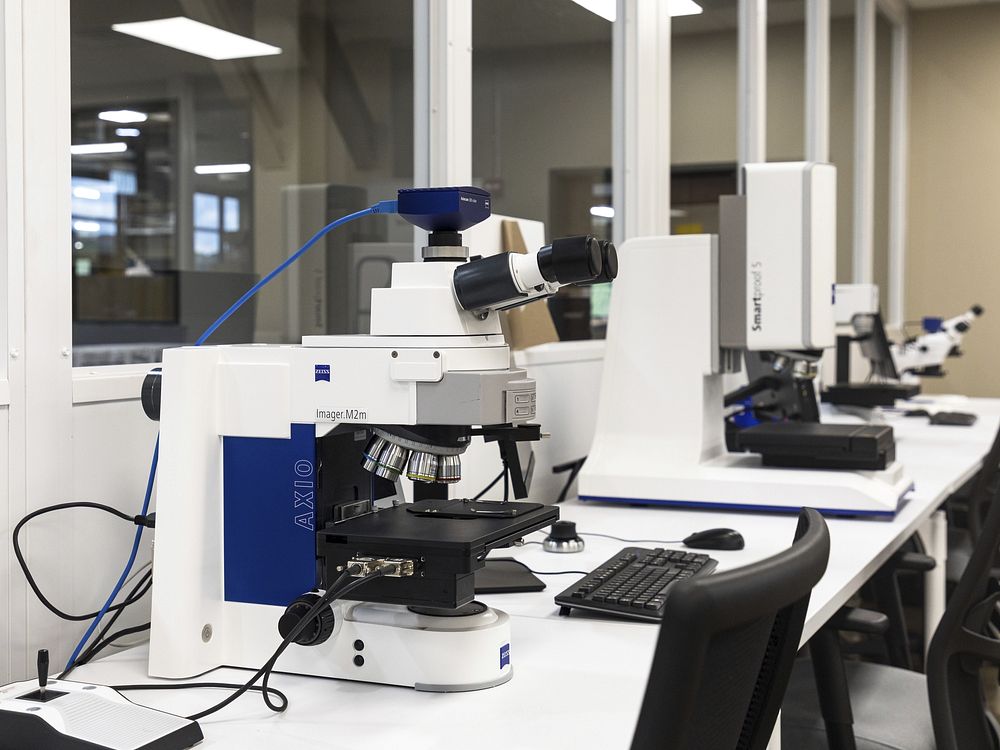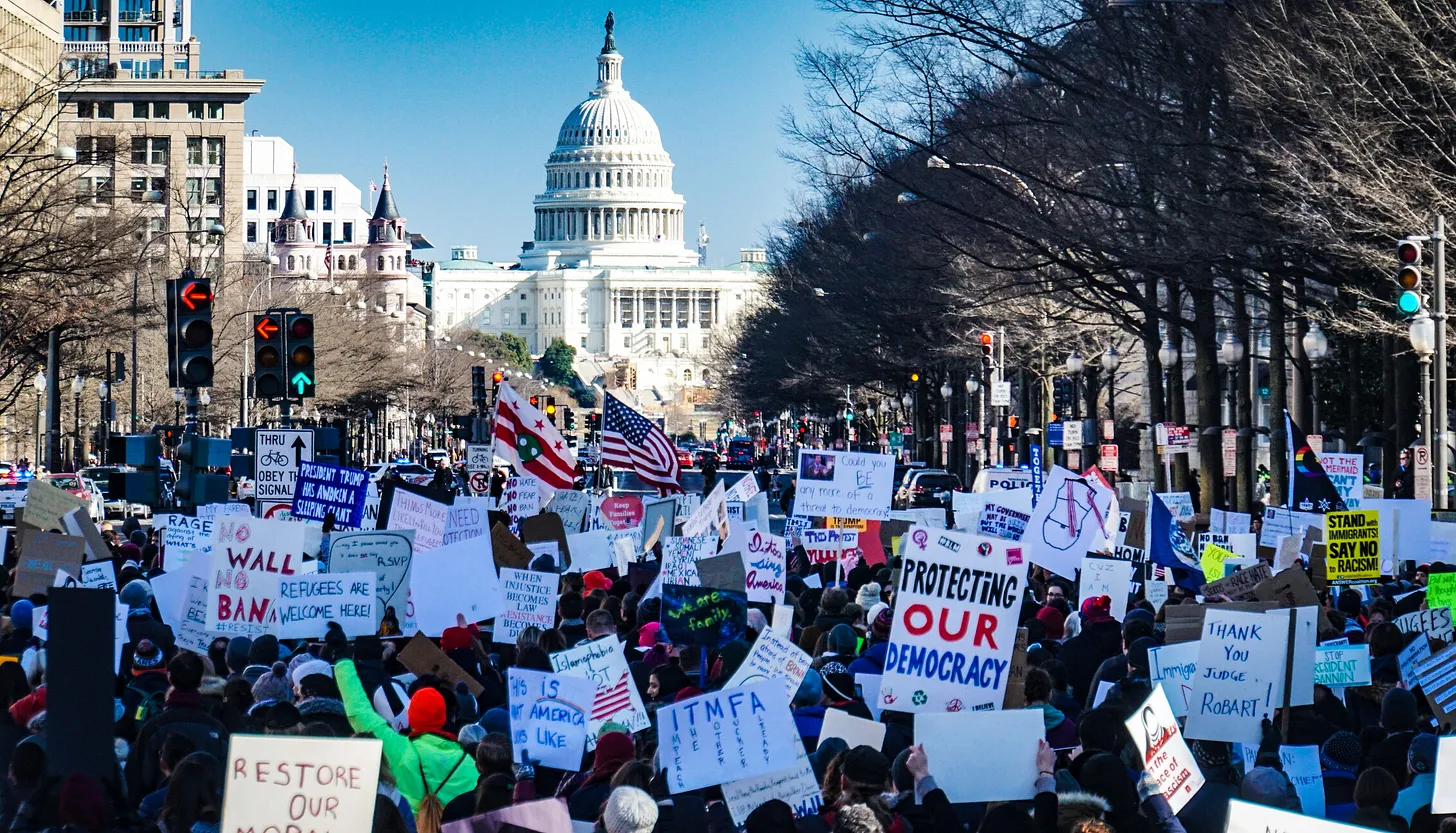Now Reading: Forensics in Sexual Assault and Violent Crime Investigations: Improving Conviction Rates
-
01
Forensics in Sexual Assault and Violent Crime Investigations: Improving Conviction Rates

Forensics in Sexual Assault and Violent Crime Investigations: Improving Conviction Rates
India faces a critical challenge in the low conviction rates for sexual assault and violent crimes, despite rising reporting of such offences. This deficiency often arises from weak or mishandled evidence, procedural gaps, and delayed investigations. Forensic science, employing techniques such as DNA profiling, biological evidence collection, and technological advancements, has emerged as a transformative tool to bolster criminal investigations and enhance conviction rates. This article explores how forensic evidence improves the judicial process in sexual and violent crime cases in India, reviews recent reforms aimed at strengthening forensic infrastructure, discusses challenges faced, and illustrates through case studies and legal precedents the impact of forensics on prosecutorial success. Enhancing timely forensic intervention and multidisciplinary collaboration is critical for delivering justice to victims and restoring faith in the criminal justice system.
Introduction
The prevalence of sexual assault and violent crimes in India has drawn considerable public and judicial attention over the past decade. Although crime reporting has surged, the conviction rate remains disappointingly low—hovering between 23% and 28%, based on official data. One of the fundamental factors limiting conviction success is the inadequate collection, preservation, and utilisation of forensic evidence. Courts have increasingly recognised the indispensable role of forensic science—from biological samples to digital forensics—in establishing guilt beyond a reasonable doubt.
With significant legal reforms through the Bharatiya Nyaya Sanhita, the Bharatiya Nagarik Suraksha Sanhita, and the Bharatiya Sakshya Adhiniyam, forensic investigations have become mandatory for serious crimes, especially those carrying sentences of seven years or more. This sets the foundation for a more scientific, evidence-based approach to criminal justice and aims to reduce wrongful acquittals.
Role of Forensic Evidence in Sexual Assault Cases
Sexual assault investigations drastically depend on forensic evidence such as biological materials (semen, saliva, blood, skin cells), injury documentation, toxicology reports, and DNA profiling. The collection of forensic samples immediately following an assault is crucial to preserve evidence integrity; delays can degrade or contaminate samples, reducing their value in court.
The Protection of Children from Sexual Offences (POCSO) Act highlights the importance of specialised forensic protocols tailored for minors, necessitating trained medical practitioners and forensic experts to ensure ethical evidence collection without further trauma to victims. In addition, forensic dermatoglyphics and serology tests can supplement traditional tests, strengthening the evidentiary chain.
Despite technological advancements like DNA fingerprinting and automated forensic databases, delayed reporting, logistical hurdles, and a lack of trained personnel have historically limited the effectiveness. Forensic findings are strongly correlated with conviction rates, underscoring the importance of timely and scientifically rigorous intervention.
Technological and Legal Reforms Enhancing Forensic Investigations
India’s government has prioritised forensic infrastructure modernisation through the National Forensic Infrastructure Scheme (NAFIS), dedicating over ₹2,254 crore to upgrade labs, train specialists, and develop indigenous technology. This includes establishing state-level forensic facilities and district forensic science units to ensure localised, swift forensic support.
Advancements in artificial intelligence, machine learning, and automated evidence analysis are being integrated into forensic operations to improve evidentiary accuracy and reduce analysis time. These technological upgrades aim to bridge the gap between evidence collection and judicial proceedings, ensuring that cases move more efficiently through the courts.
Legally, the Supreme Court has played a pivotal role by abolishing outdated and invasive procedures like the two-finger test for sexual assault survivors, emphasising victim dignity while standardising forensic examinations. Judgments have expanded the acceptance of DNA and forensic reports as primary evidence, shifting the burden towards scientific validation rather than solely witness testimony.
Challenges in Forensic Implementation
Despite advancements, several bottlenecks remain:
– Lack of Standard Protocols: Variation in forensic examination standards and absence of rigorous training compromise evidence quality.
– Delays in Evidence Collection: Victims often delay reporting assaults due to fear, which impacts forensic utility.
– Infrastructure Gaps: Many districts lack functional forensic labs or have outdated equipment, leading to backlog and analysis delays.
– Victim Sensitivity: Ensuring respectful, trauma-informed forensic procedures is vital to avoid secondary victimisation.
– Judicial Awareness: Some courts lack forensic knowledge, affecting the weight conveyed to scientific evidence.
Addressing these challenges requires coordinated efforts across law enforcement, medical professionals, forensic experts, and the judiciary.
Case Studies and Judicial Precedents
Several landmark cases illustrate the evolving role of forensic science:
– DNA evidence was instrumental in securing convictions in the Lillu @ Rajesh vs. State of Haryana case, where biological proof superseded circumstantial defences.
– In the State of Punjab vs. Gurmeet Singh case, forensic reports—including injury assessments and serological tests—played a vital role in affirming guilt.
– Increasingly, courts treat forensic reports as substantive evidence rather than peripheral corroboration, streamlining the prosecution’s burden.
These cases underscore the judicial system’s growing confidence in forensic science to establish facts scientifically and objectively.
Conclusion
Forensic science is not just an ancillary tool but a cornerstone in the effective investigation and prosecution of sexual assault and violent crimes in India. The government’s focus on infrastructure development, technology integration, and training under schemes like NAFIS signals a decisive commitment to strengthening forensic capacity. However, overcoming practical challenges such as delays, infrastructure deficits, and sensitivity in evidence collection is essential. With continued reforms, interdisciplinary synergy, and judicial support, forensic science will play a transformative role in improving conviction rates, ensuring timely justice for survivors, and building a safer society.
References
- Kshipra Umesh Bapat, Aarti Khalnwat, *Role Of Forensic Evidence In Establishing Sexual Offences*, International Journal of Law, Language & Religion, 2023.
- Sparsita Garg, Ankita Nirwani, *Relevancy of Medical and Forensic Evidence in Cases of Child Sexual Abuse*, Journal of Informatics Education and Research, 2025.
- Ministry of Women and Child Development, Government of India, *Answer on Gender-Based Violence and Protection*, Rajya Sabha, July 2025.
- Ishrath H, Pooja M, Srimathi V, Sandra Jacob, *Forensic Psychology: Assessing The Probability Rate Of Rape And Sexual*, International Journal of Creative Research Thoughts, March 2025.
- Reuters Report, *India Struggles with High Rape Cases, Low Conviction Rates*, August 2024.
- National Crime Records Bureau (NCRB), *Crime in India Report 2022*.
- Supreme Court of India Judgments on forensic evidence in sexual assault cases (Lillu @ Rajesh & Ors vs State of Haryana, State of Punjab vs Gurmeet Singh).
- Dr. Rohit Kumar, *Role of Forensic Evidence in POCSO Trials*, 2021.
- Chavan PN et al., *Blood as Forensic Evidence Helps in Solving Sexual Assault in POCSO Act Case*, 2023.
- Directorate of Forensic Science Services, Ministry of Home Affairs, Government of India, *National Forensic Infrastructure Scheme (NAFIS) Report*, 2025.










